April 19, 1943 – Warsaw Ghetto Uprising, Part 1

In May 1940, the Germans ordered the building of a wall around a portion of Warsaw. In October 1940, after the wall was completed, the Germans divided the city into three districts: German, Polish and Jewish. Families which the Germans considered to belong in one group, but who then lived in one of the other areas, were given about two weeks to move from their homes and find new ones in their designated area. Jews were herded into the walled-in portion of the city; Christians who lived on those streets were forced to move out.
Beginning in July 1942, the Germans rounded up and transported Jews from the Warsaw Ghetto to death camps such as Treblinka and Majdanek. Refusing to cooperate with the Germans, Adam Czerniaków, head of the Jewish Council in the Ghetto, committed suicide on July 23, 1942.
In September 1942, 13-year-old Julian Kulski, already a member of the Polish Underground Armia Krajowa (AK, or Home Army), accompanied his commanding officer on a secret mission into the Warsaw Ghetto to liaise with members of the Jewish Underground. He was horrified by what he saw. That knowledge, coupled with his worry for his Jewish girlfriend Zula who along with her family had been required to move into the Ghetto, connected Julian to the tragedy that unfolded seven months later with the Ghetto Uprising.

On April 19, 1943, Jewish resistance groups launched the Warsaw Ghetto Uprising against the Germans, rather than passively submitting to being killed.
Julian Kulski, then 14 years old, recorded the Ghetto Uprising in his diary from his point of view outside the Ghetto. Over the next week or so we will be excerpting some of his Ghetto Uprising entries.
Under his entry for Monday, April 19, 1943, Kulski wrote:
“Warsaw has been stirred by a monumental event! At dawn today, the Jewish Underground Army started the Uprising of the Warsaw Ghetto by attacking a more than 800-strong group of Waffen-SS which penetrated the silent fortress under the cover of a tank, two armored cars, and a group of Jewish policemen.
“The tank was set aflame, several SS men died in the battle, and the Germans withdrew defeated.

“At 8:00 a.m., SS Brigadeführer Jürgen Stroop, newly named by Krüger as head of the SS and Police for the Warsaw District, took command of the Battle of the Ghetto. While the German artillery started its murderous fire, the Jewish Underground Army raised Polish and Jewish flags above the rooftop of an apartment house on Muranów Street.
“In the evening the sappers of the Warsaw Commandos, under Captain ‘Chwacki,’ were given an order to blow an opening in the wall of Bonifraterska Street opposite Sapieżyńska Street in order to provide direct access to the besieged fighters.
“Approaching Bonifraterska Street, the group started firing at the German troops guarding the wall. Immediately, German reinforcements came running from the direction of Krasiński Park. A pitched battle ensued, and it soon became clear that it would be impossible to reach the wall against such overwhelming odd. Two members of the group were killed in the battle, ‘Orlik’ and ‘Młodek.’ Three others were seriously wounded.
” ‘Chwacki’ ordered a retreat and the unit withdrew in the direction of the Vistula. As they withdrew, they saw the Germans tending to their casualties. We hear that the first day of the battle cost the Germans more than one hundred lives.”
Excerpt from The Color of Courage, pp. 177–178.

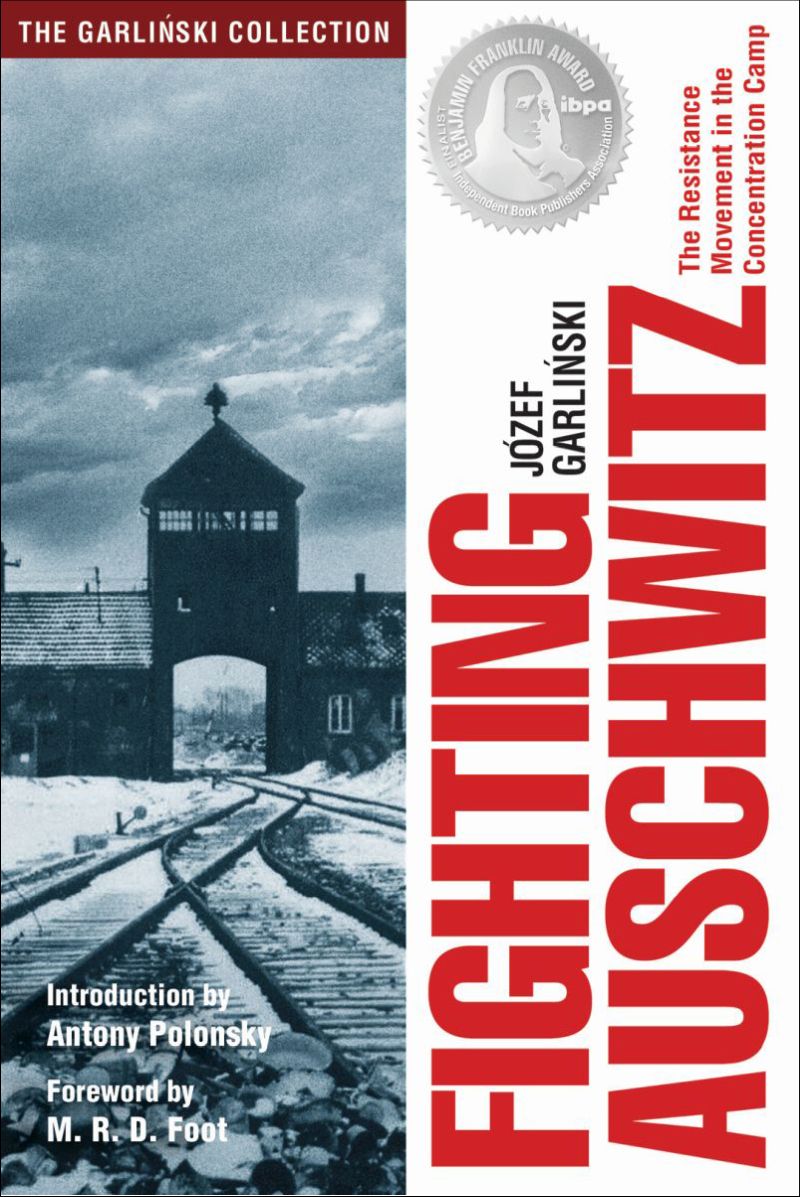

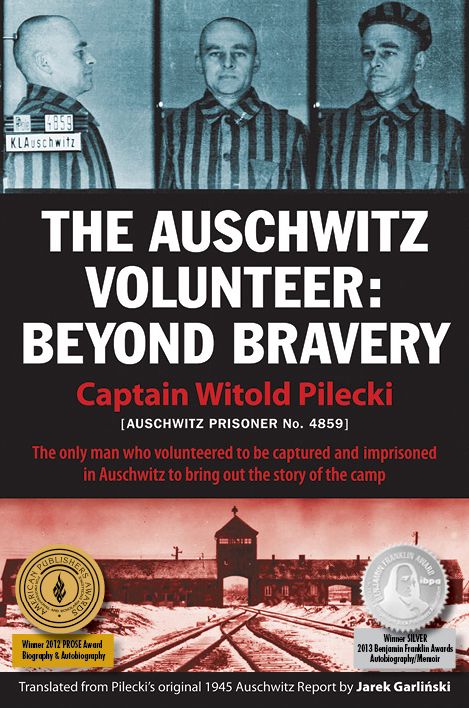




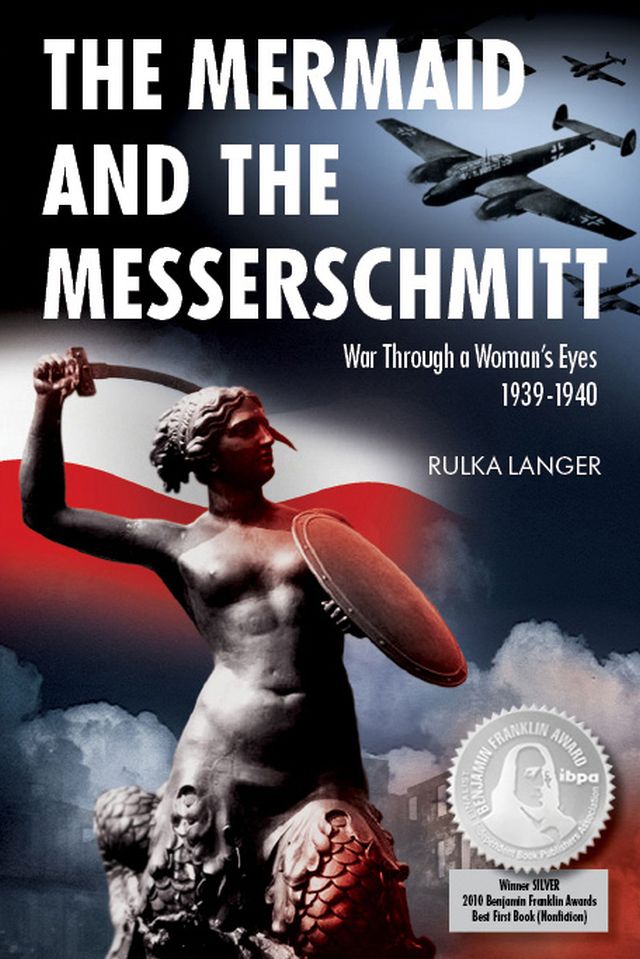
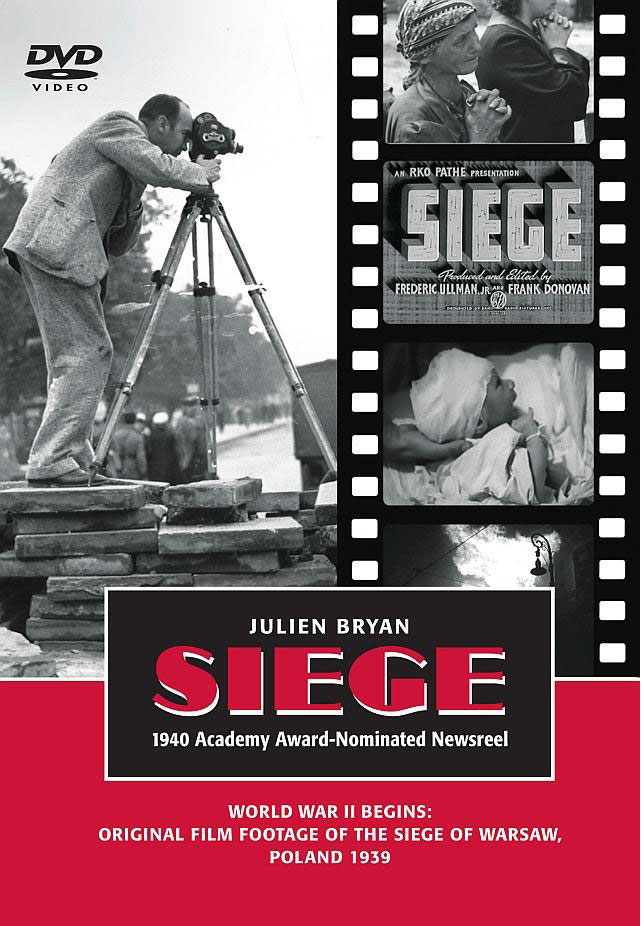
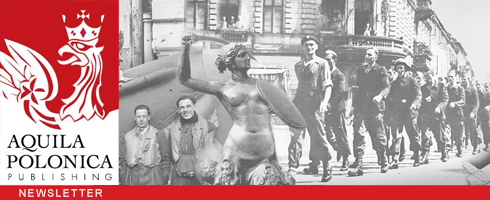
No comment yet, add your voice below!